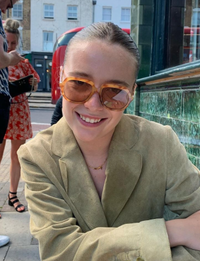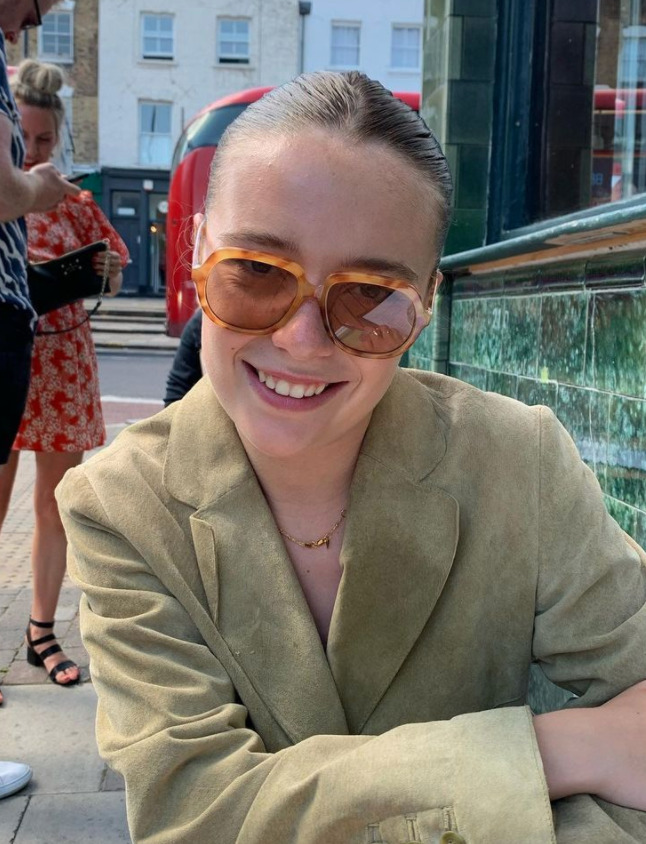Everything you need to know about the new botox and fillers licence according to a Chief Policy Officer
The government has passed a new licensing scheme for botox and fillers through the House of Commons


The government has passed a new licensing scheme for botox and fillers through the House of Commons
Regulation of the UK’s cosmetic industry is a huge topic nowadays as more of us learn more about the risks of procedures. From botox causing drooping eyelids to lip fillers leading to the blockage of blood vessels, stories about cosmetics gone wrong are surfacing more and more.
Despite our increased awareness, a survey carried out by BABTAC (The British Association of Beauty Therapy and Cosmetology) a couple of years ago showed 70% of people believe the cosmetics industry is regulated. It’s not.
Thankfully, the government is increasingly cracking down on dangerous botox and fillers procedures. Last year, the botox ban was passed which made it illegal to administer botox or fillers to under-18s. Now, an industry-wide licensing scheme is set to be brought in.
What is the botox and fillers licence?
“The amendment to introduce a botulinum toxin and dermal fillers licensing scheme is part of the Health and Care Bill that is currently being passed through government,” explains Victoria Brownlie Chief Policy Officer at the British Beauty Council.
Although the exact licence hasn't been scoped yet there are three key areas of regulation. Brownlie says: “It will ensure that the practitioner’s credentials are checked, their premises are safe and that they have adequate medical oversight and insurance in case anything goes wrong.”
Why is the licence being brought in?
43% of UK adults view non-surgical procedures as a part of a normal beauty routine.
Celebrity news, beauty, fashion advice, and fascinating features, delivered straight to your inbox!
It's no secret that people often consider the cost of the procedure over the potential outcomes or they go under the needle without really questioning the person doing it. We’ve all heard of botox parties, right?
Back in 2020, Save Face carried out a survey into the complications of non-surgical procedures. Of the 1,617 respondents, 81 percent of people said something had gone wrong with their dermal fillers. 210 people cited that they had an issue with botox.
Victoria says: “The licence will bring safety into public consciousness. If someone is sticking something in your face, you need to know that they have the proper skills to be able to do that.”
When will the botox and fillers licence come into place?
This is where it gets confusing - luckily, we have an expert on hand.
‘The Health and Care Bill will get royal assent in July,” Victoria starts. By the way, royal assent means that the Queen has formally made it law. “However, that doesn’t mean that from July 1st everyone will need a licence.”
In fact, it’s going to take much longer to implement.
“The amendment is giving the Secretary of State the power to build a licensing scheme. From the passing of the bill, it will probably take another two years for something to be introduced. The next 24 months will be about scoping out exactly what the licence will look like.”
Although it might be a bit of a wait until an industry standard licence is introduced, it is important to ensure that you are safe now. Before making an appointment to have any non-surgical procedure you should ensure the practitioner is accredited by the Professional Standards Authority (PSA).
Accredited practitioners can also be found on national registers including the Joint Council for Cosmetic Practitioners and Save Face. The British Association of Cosmetic Nurses (BACN) and the British College of Aesthetic Medicine (BCAM) also set clear standards for training and insurance.
Grace Warn is the at Commercial Producer & Writer Marie Claire UK. From organising cover shoots and uncovering the latest news to creating social content, she loves the fact that no one day is the same!
Growing up just outside of London, Grace made the leap at 16 and started to intern. Juggling education, earning money, styling, producing and organising numerous fashion cupboards was as intoxicating as it was challenging and it's what's brought her here today.
After graduating in the pandemic, the only option was to take on as many freelance roles as possible. From demystifying health jargon to keeping up with the latest footwear drops, a strange concoction of health and footwear journalism became Grace's bread and butter but she always wanted a break in lifestyle journalism and production. Then she landed her dream role!
When she's not racing to deadlines, Grace can be found on anything that could pass as a dancefloor dancing to Diana Ross or scouting out vintage sales on the outskirts out South London - believe it or not, Beckenham is the place to go!
